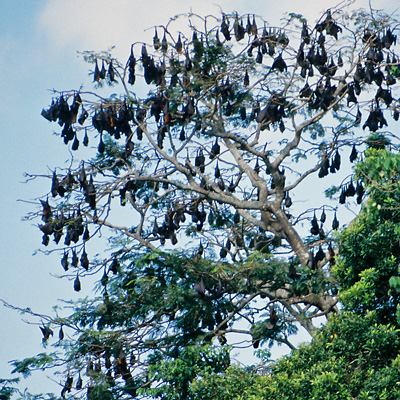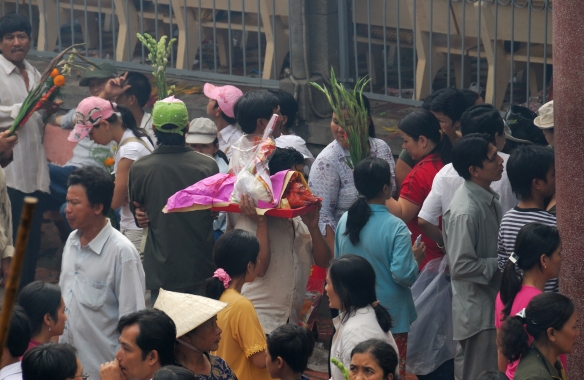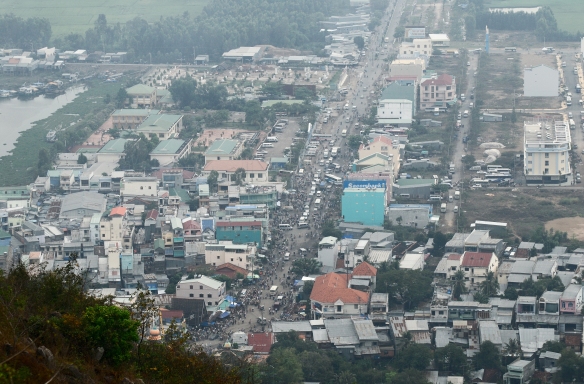I’ll travel pretty much anywhere at the drop of a hat. Go around the world for 7 weeks? Cool! When do we leave? Overnight trip to Munich? Sounds grand, which beer hall do we want to have dinner at?
But. There are times when travel is not – quite – optimal. The rainy season offers big bargains and great deals for a reason. Like, you’re going to be wet most of the time. Another time period to carefully debate traveling in is when other countries have their special holidays. Sure, Christmas Market season anywhere in Germany or areas that have a tradition of a Weihnachtsmarkt is a good time to go. However, any National Day will probably mean shops and sights are closed up tight.
And, trust me on this one, you really don’t want to go to China when it’s National Day Golden Week, and 1.3 BILLION people are on holiday. [1]
 They will all be taking their vacations. Spots that are usually crowded anyway are going to be jam-packed. This is not an experience for visitors with weak hearts or fear of crowds.
They will all be taking their vacations. Spots that are usually crowded anyway are going to be jam-packed. This is not an experience for visitors with weak hearts or fear of crowds.

We learned this the hard way: first-hand. We did this at one of China’s most popular tourist sites: The Terracotta Army in Xi’an.
We got tickets and seats on a tour bus to get to the site. Our charming tour guide pointed to the buildings that house the terracotta army, pointed to the number of our bus, and finally pointed to her watch. No way she was going to push through the crowds in the massive hangars – she’d meet us at the designated time, back on our bus.

And in we went…. To this day I’m not sure what astounded me more. Was it the sheer size and scale of the clay army from 210-209 BC that was discovered in 1974?



Or was it the mass of tourists both foreign and native who completely filled the viewing areas?



One thing I do know for sure. That trip to China during October’s Golden Week cured whatever claustrophobia I may have once had. If you could survive the crowds we experienced in Beijing, Xi’an and Shanghai, you can survive them anywhere.

NOTES: [1] National Day of the People Wikipedia. ©Jadi Campbell 2018. All photos © Uwe Hartmann. To see more of Uwe’s photos and pics from our trips go to viewpics.de.
Click here for my author page to learn more about my books and me.























